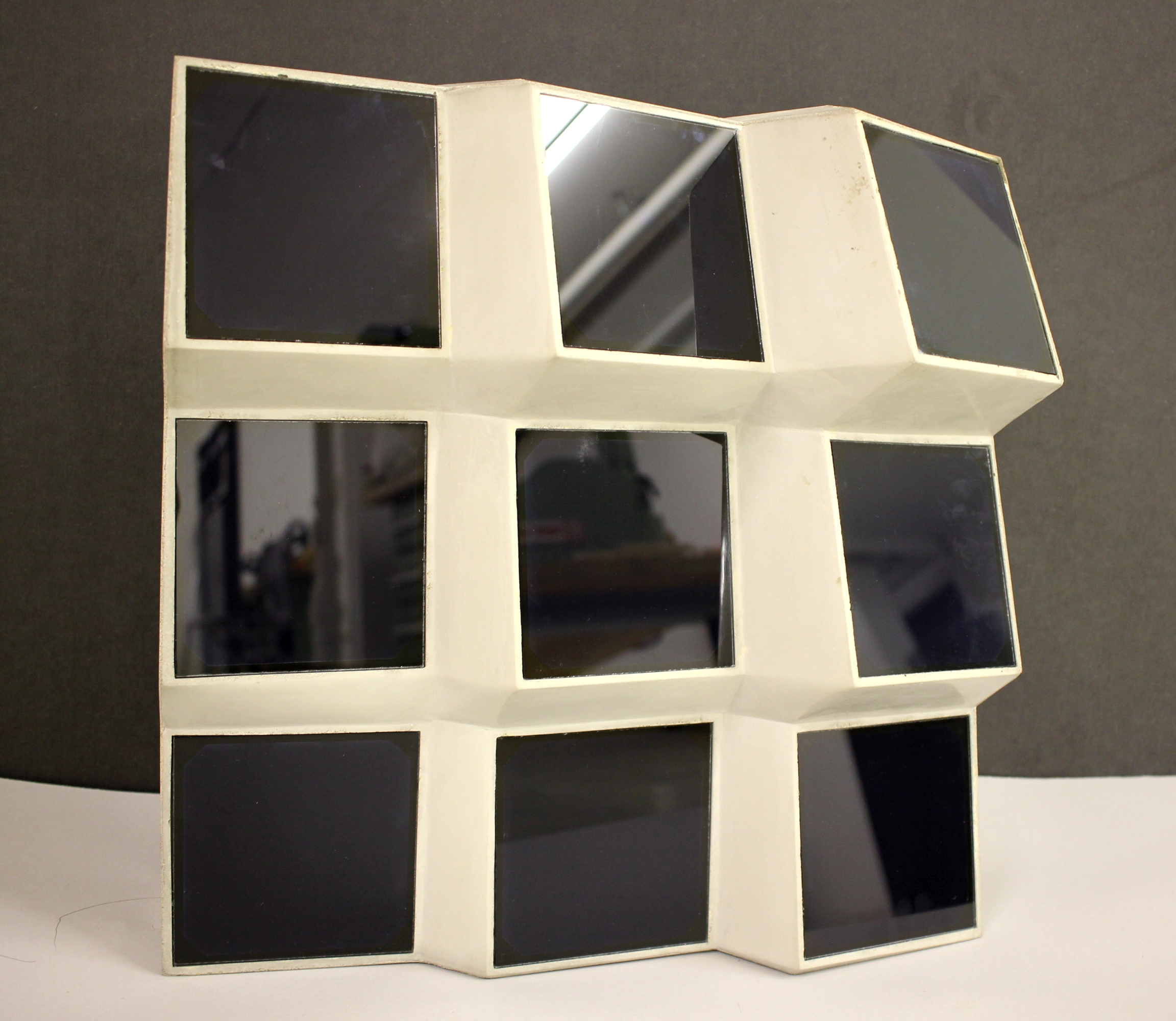Concrete can do more – Fraunhofer CSP wants to turn house walls into solar power plants
Structures become safer, can be erected and run in a more environmentally friendly way and can be designed in completely new shapes: That is the objective of C3, Germany’s largest building research project. The planned key is carbon concrete, which offers many new opportunities as a building material. The Fraunhofer Center for Silicon Photovoltaics CSP in Halle, one of the C3 project partners, wants to use concrete to produce solar electricity.

More than 150 partners from science, industry and associations in the C3 (Carbon Concrete Composite) project are involved in advancing the use of carbon concrete. Instead of surrounding steel with concrete, as in the usual construction method to date, in future it should be possible to envelope carbon fibers constructions in concrete. The advantages: The corrosion problems which occur with steel are removed, the life of bridges, say, increases and maintenance costs are reduced. Because carbon fibers are significantly stronger, thinner walls can be built than with reinforced concrete; this saves material and enables completely new architectural forms. The C3 Consortium was awarded the German Sustainability Prize for Research by the Federal Minister or Research, Prof. Johanna Wanka and the German Raw Materials Efficiency Prize by the Federal Minister of Economics, Sigmar Gabriel.
The aim is for the C3 building material to be more ductile, stable and more intelligent, contain fewer contaminants, be more easily recyclable and fit for the integration of renewable energy. At the Fraunhofer CSP the researchers want to use these properties to integrate photovoltaics into the concrete. »We are examining whether solar cells can be attached to façade elements made of carbon concrete, how they can be interconnected electrically and how they should best be designed to achieve an optimum electricity yield«, is how Prof. Jens Schneider, Head of the Module Technology group of the Fraunhofer CSP, described the idea. The results of the C3PV sub-project were presented yesterday in Leipzig.
The Fraunhofer team researched three possible options: In the first option the solar modules will be cast directly in the concrete members with appropriate recesses, so that they fit into the façade without edges. The second option is to laminate or adhesively bond solar modules onto concrete slabs. As a third option the solar modules can be attached using snap fasteners, screws or bolts or other fixing methods. In this way the modules would be removable. »We were able to show that all three options are technically feasible, allow visually attractive solutions and for example, also fulfil the requirements regarding the load-bearing capacity«, said Schneider.
Another important finding of the C3PV project: The electricity yield increases if the façades are not flat. By inclining, tilting, curving or a facetted look, the area usable for photovoltaics can be increased. Such façades are also better suited to the typical circumstances in urban space: There are frequently partial shadows, in addition, other buildings nearby also reflect the sunlight. Therefore, smaller and more bendable solar modules are required. »They could be the key to offering solutions at marketable prices. If house walls in the future become small solar power plants, it would provide enormous potential with regard to climate protection«, said Schneider.
Carbon concrete should supply the prerequisites for implementing such architectural possibilities in buildings. The joint project is being funded by up to 45 million euros from the Federal Ministry of Education and Research (BMBF) as part of its »Twenty20 – Partnership for Innovation« programme. If he researchers are successful, the market launch of carbon concrete should take place in 2020.
 Fraunhofer Center for Silicon Photovoltaics CSP
Fraunhofer Center for Silicon Photovoltaics CSP